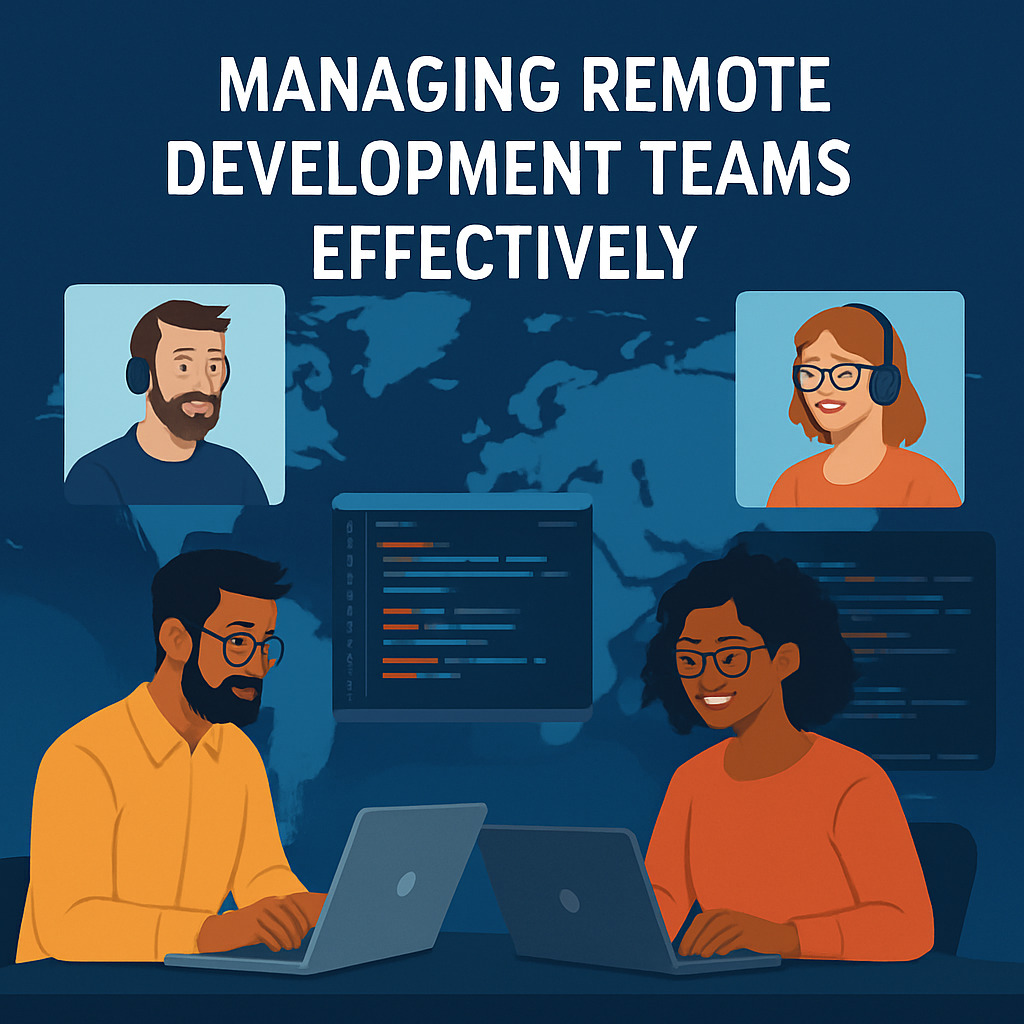The Hidden Costs of Outsourcing Security Testing
- 1 min read
Uncover the unnoted expenses and risks in outsourcing security testing, and comprehend how to ensure value, transparency, and long-term protection with Euro IT Sourcing.

Introduction
Outsourcing security testing has become a general strategy for businesses seeking to improve protection while handling costs. From penetration testing to vulnerability evaluations, external vendors offer technical depth and scalability that internal teams may lack.
However, while outsourcing appears to save money initially, hidden costs often emerge laterin the form of unclear scope, vendor lock-in, compliance issues, or inconsistent test quality. These issues can erode the very value that outsourcing aims to deliver.
At Euro IT Sourcing, we believe in transparency, measurable results, and long-term resilience. Understanding the real costs behind outsourced security testing allows organizations to make smarter, risk-aware decisions that protect both data and budgets.

Why Businesses Outsource Security Testing
Organizations switch to outsourcing to gain:
- Access to specialized expertise — Certified ethical hackers, compliance auditors, and security engineers.
- Scalability and flexibility — On-demand testing aligned with software release cycles.
- Cost efficiency — Reduced internal headcount and training expenses.
- Compliance readiness — Support for ISO 27001, GDPR, and NIST frameworks.
When managed properly, these advantages can strengthen your cybersecurity posture. But without careful oversight, the true cost of outsourcing can surpass initial expectations.
The Hidden Costs You Might Overlook
1. Unclear Scope and Deliverables
When testing requirements aren’t clearly defined, vendors may perform surface-level checks without addressing core vulnerabilities.
- Hidden Cost: Paying for incomplete coverage or retesting later.
- Prevention: Always establish detailed test objectives and coverage matrices upfront.
2. Vendor Lock-In and Proprietary Reporting
Some providers use proprietary platforms that make switching vendors difficult.
- Hidden Cost: Future dependency and higher transition fees.
- Prevention: Request raw data access and open-format reports.
3. Inconsistent Quality Across Test Cycles
Security testing is not a one-time event. Quality can fluctuate if different engineers or methodologies are used each cycle.
- Hidden Cost: Missed vulnerabilities and compliance gaps.
- Prevention: Ask for a consistent testing team and documented testing frameworks.
4. Compliance and Data Residency Risks
Working with offshore vendors can introduce data protection risks, especially for organizations subject to GDPR or ISO 27001 requirements.
- Hidden Cost: Legal exposure and regulatory penalties.
- Prevention: Confirm data handling and storage locations are compliant with EU standards.
5. Communication and Oversight Overheads
Time zone differences, unclear reporting, and misaligned expectations can increase management workload.
- Hidden Cost: Internal time spent coordinating with external teams.
- Prevention: Establish clear SLAs, reporting cadence, and escalation channels.
Reference: ISO/IEC 27001:2022 Information Security Management
Measuring True Value: Metrics That Matter
A well-structured outsourcing partnership should provide measurable outcomes.
Key KPIs include:
- Vulnerability Detection Rate (VDR): Percentage of vulnerabilities found vs. total identified in later audits.
- Remediation Efficiency: Time between issue detection and fix verification.
- Compliance Alignment Score: Conformance with ISO, GDPR, or NIST standards.
- Vendor Responsiveness: Average response time to new testing requests or incidents.
- ROI on Security Spend: Comparison between in-house and outsourced cost per test cycle.
Tracking these metrics helps you validate whether your outsourcing partner truly enhances security maturity or simply adds operational complexity.
Reference: NIST SP 800-115 Technical Guide to Information Security Testing and Assessment
Risk and Mitigation Overview
-
Risk → Overdependence on vendor tools
Mitigation: Use open-source or interoperable reporting standards (e.g., OWASP ZAP, CVSS scoring). -
Risk → Compliance misalignment
Mitigation: Require third-party audits and compliance certifications. -
Risk → Hidden retesting or follow-up costs
Mitigation: Negotiate retesting clauses before engagement.
Key Takeaways
- Outsourcing security testing offers flexibility but can conceal operational and financial risks.
- Clear scoping, transparent reporting, and KPI tracking minimize hidden costs.
- Compliance and data residency must be prioritized for EU-based organizations.
- Choosing the right partner—like Euro IT Sourcing—ensures predictable outcomes and sustainable cybersecurity growth.
Author: Matt Borekci
Contact Us: Euro IT Sourcing

Managing Remote Development Teams Effectively in 2025
Learn how to effectively manage remote development teams with actionable strategies, best practices, and the benefits of working with developers from Eastern Europe.

JAMstack in 2025: Is It Still Worth It?
Is JAMstack still a relevant web architecture in 2025? In this article, we explore its current role in frontend development, the benefits it offers, and how partnering with Eastern European developers can maximize its impact.